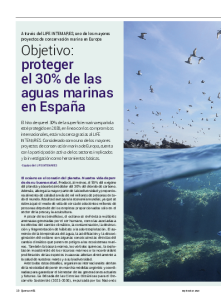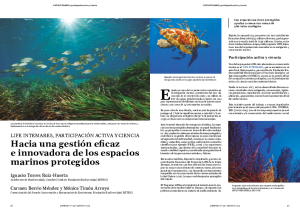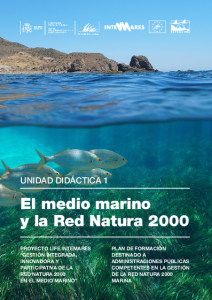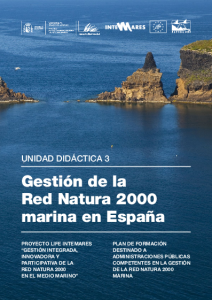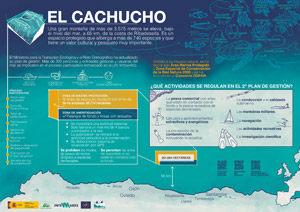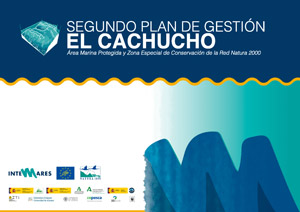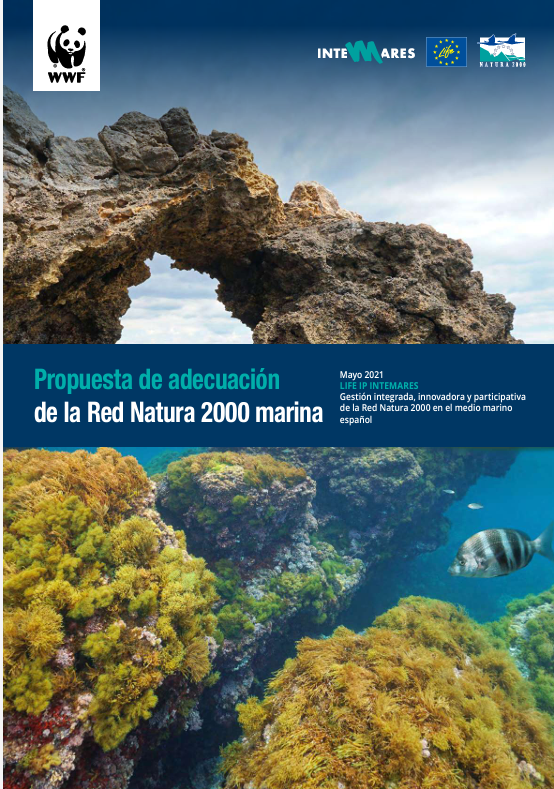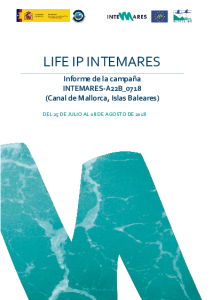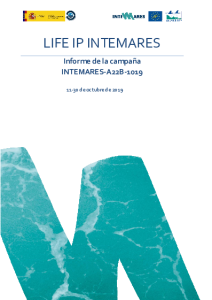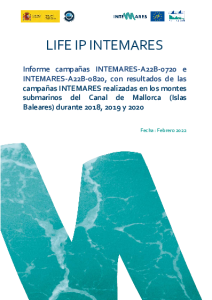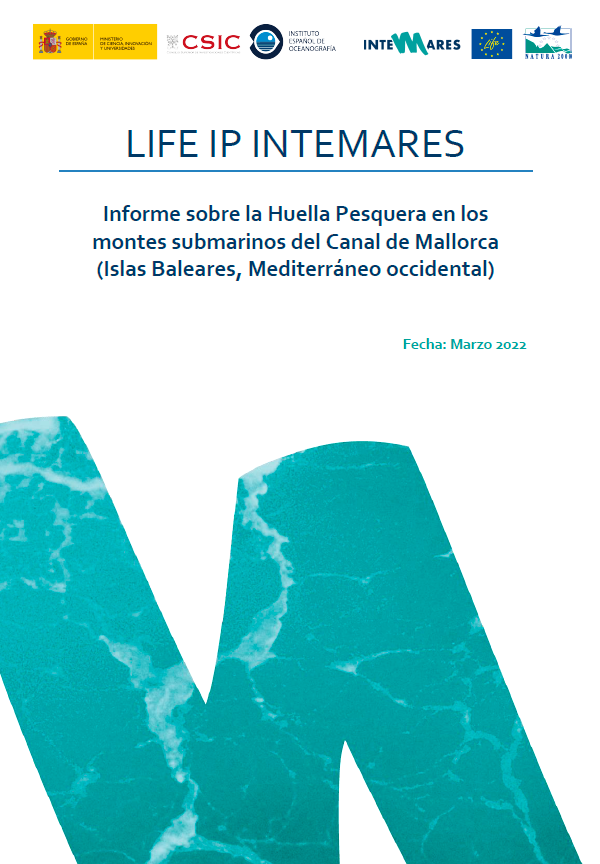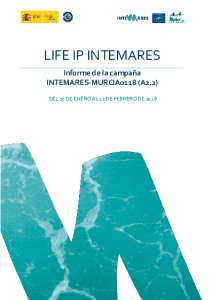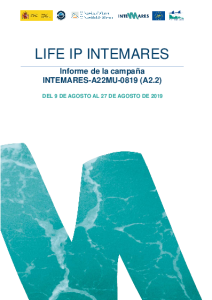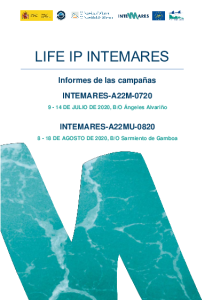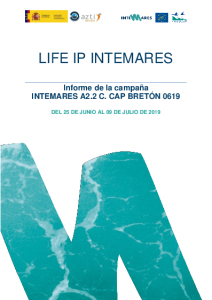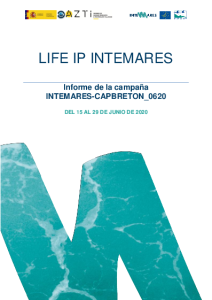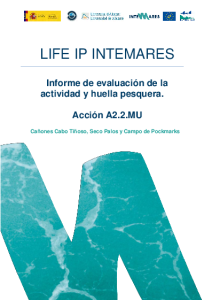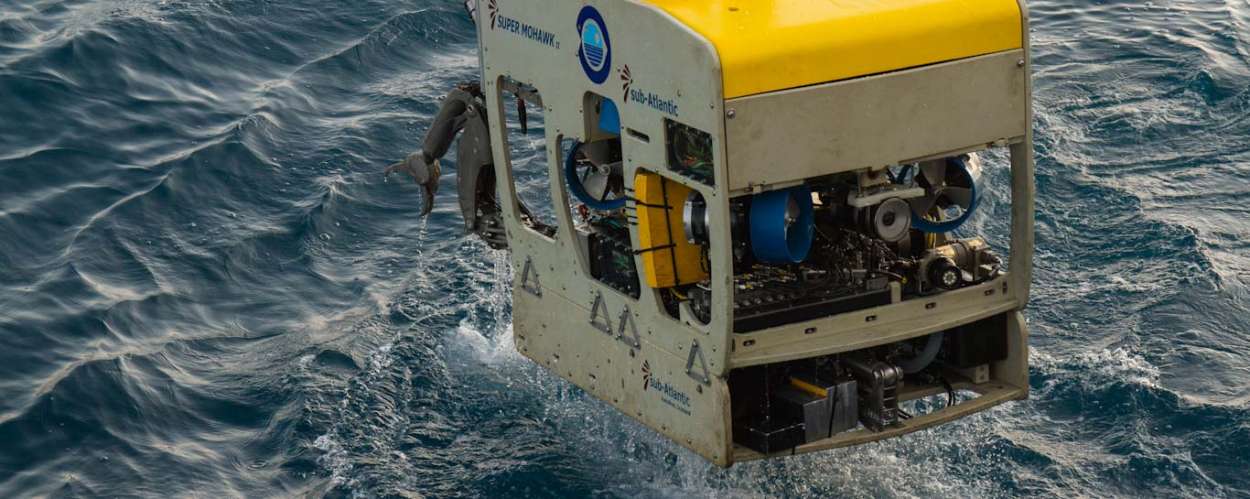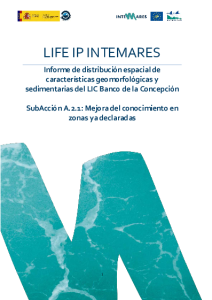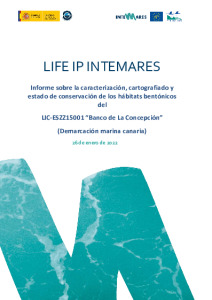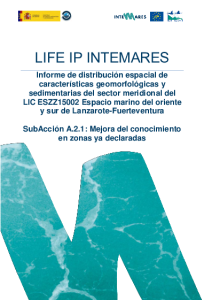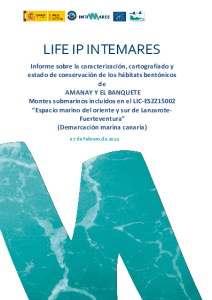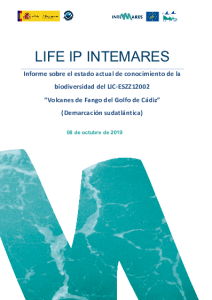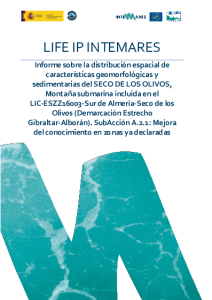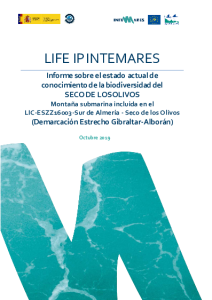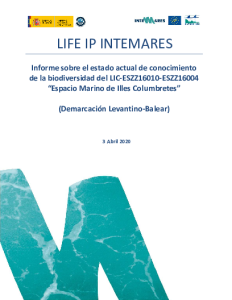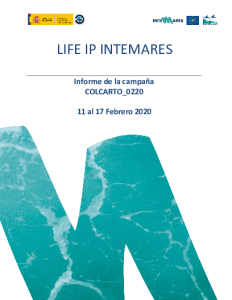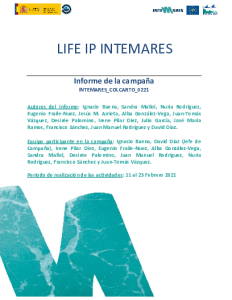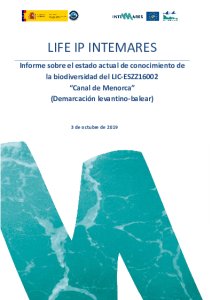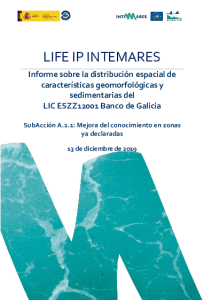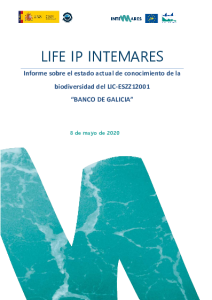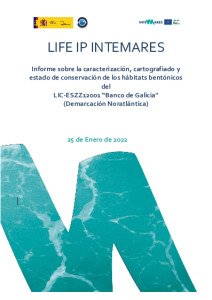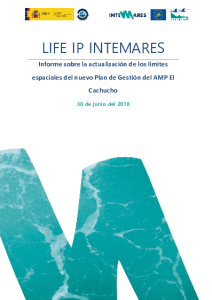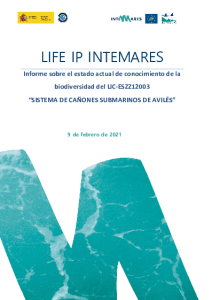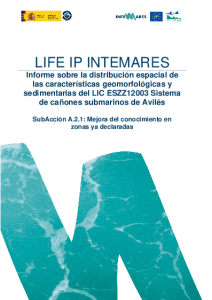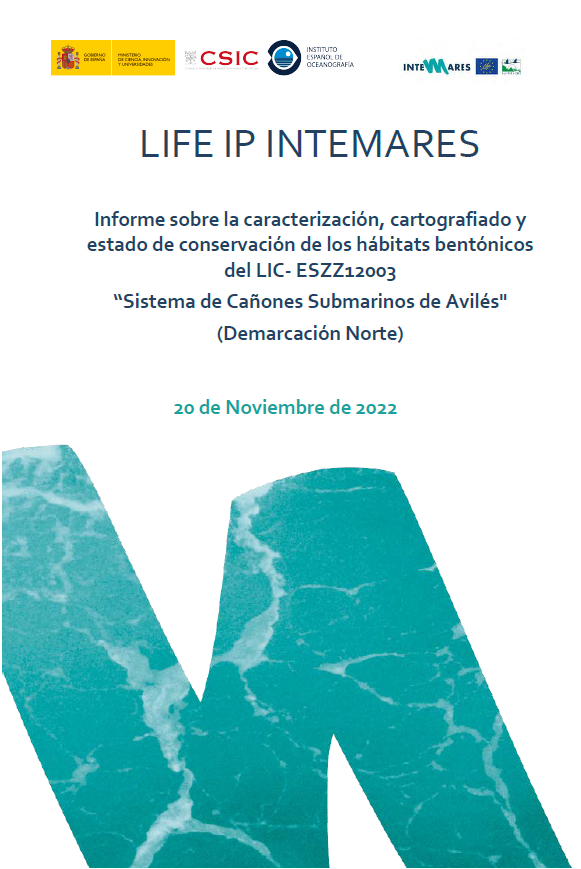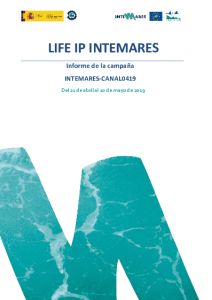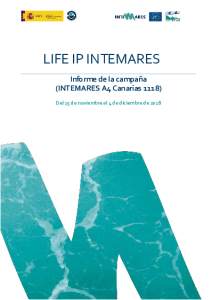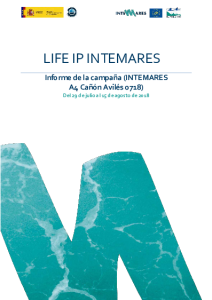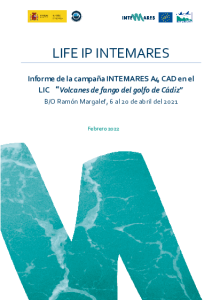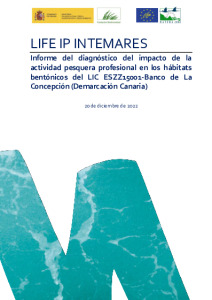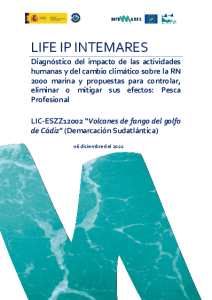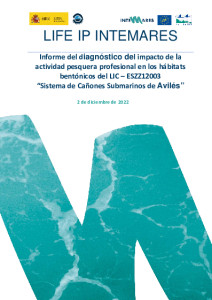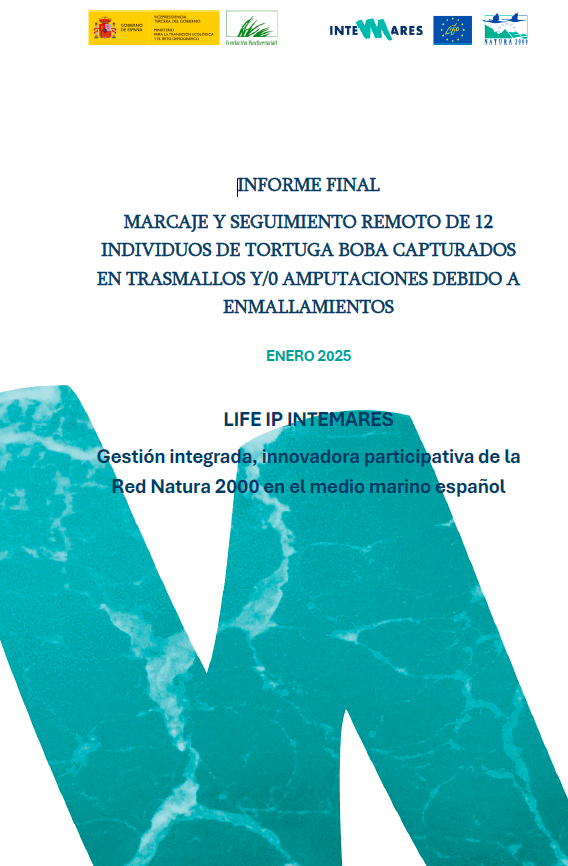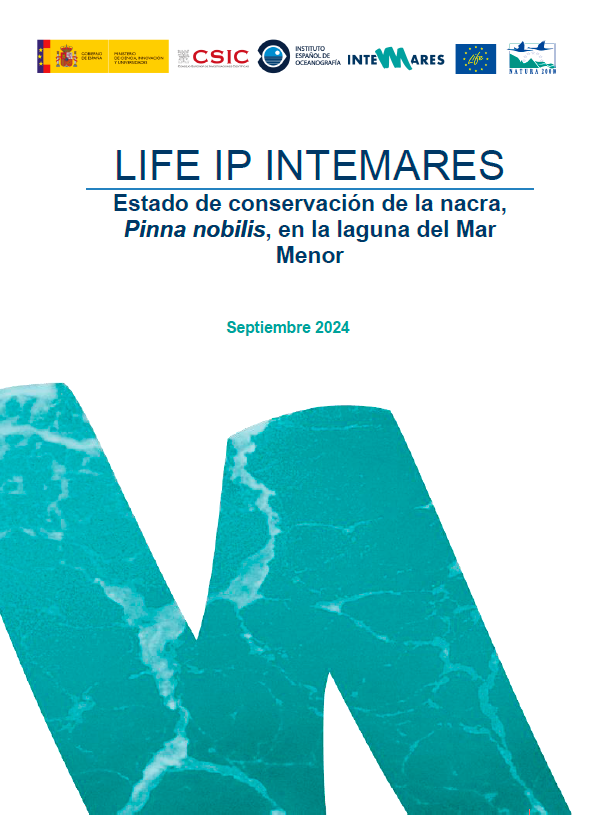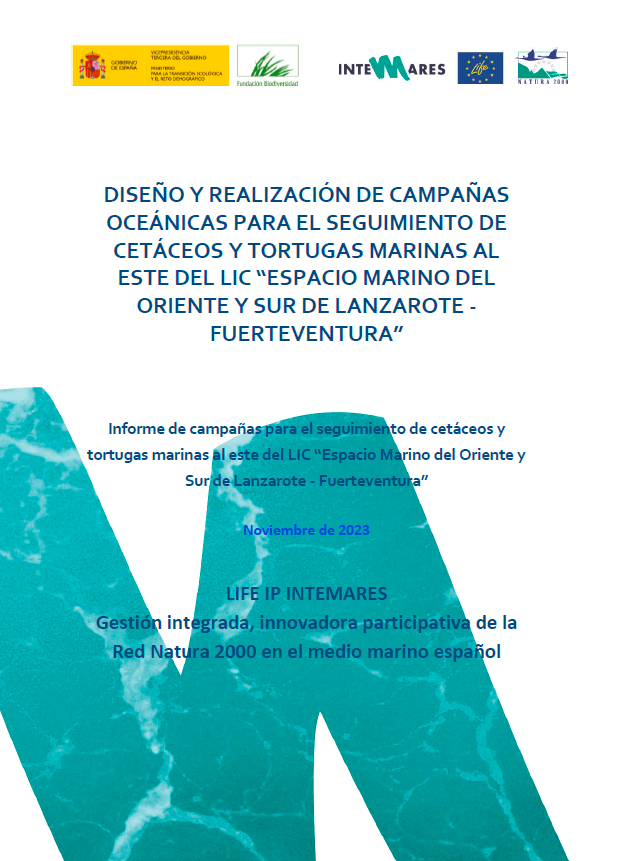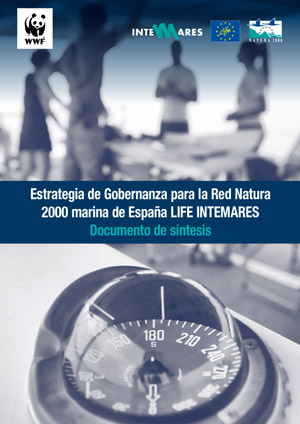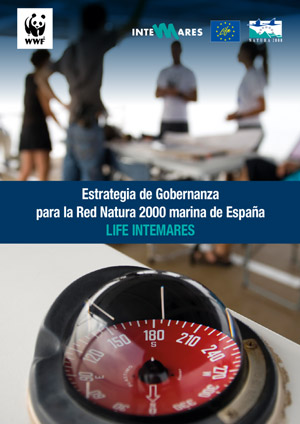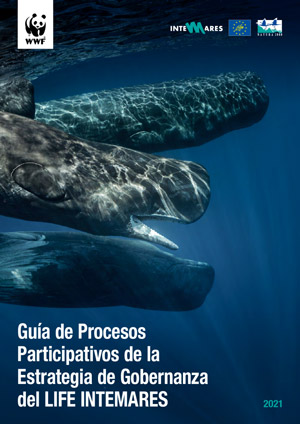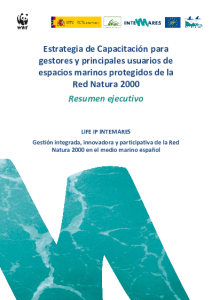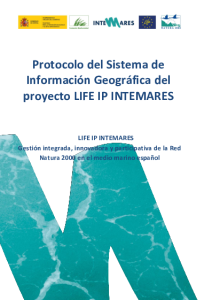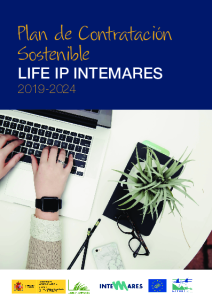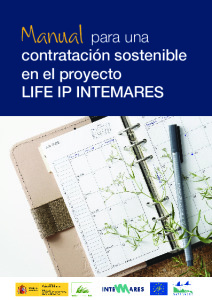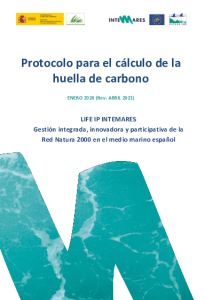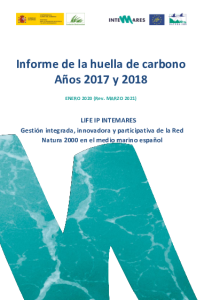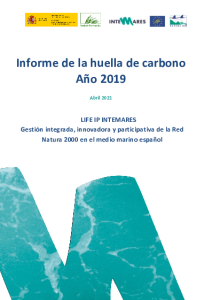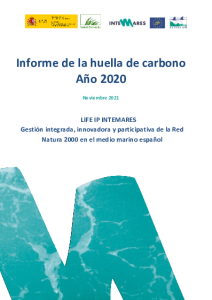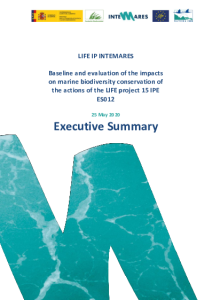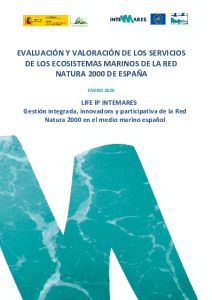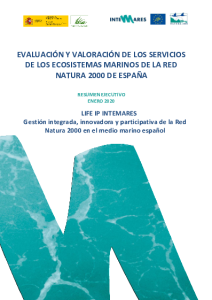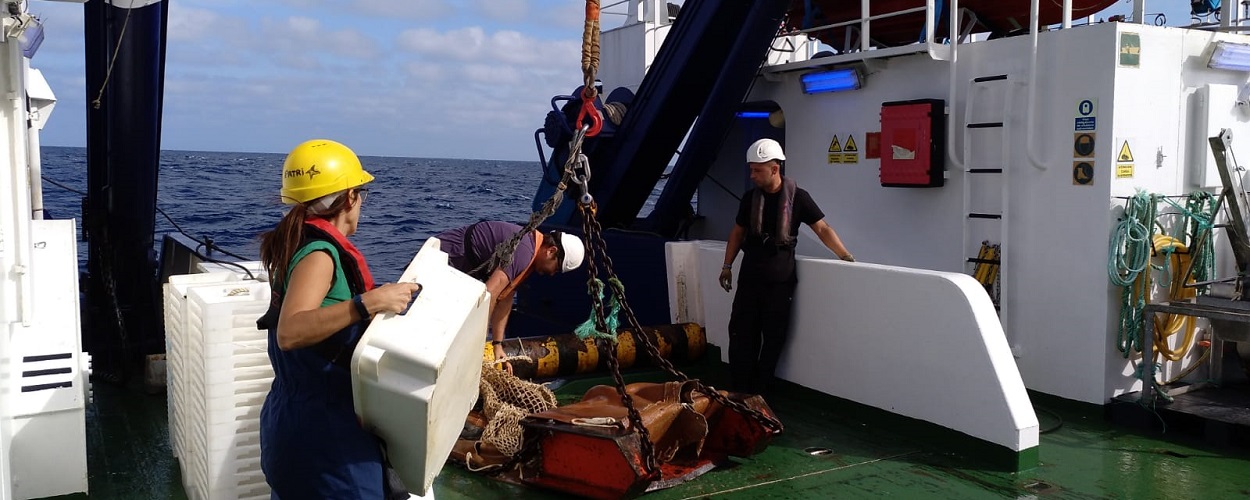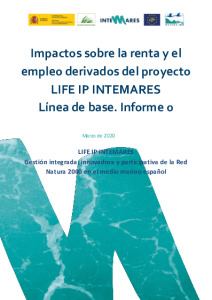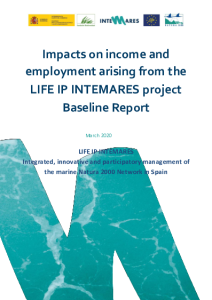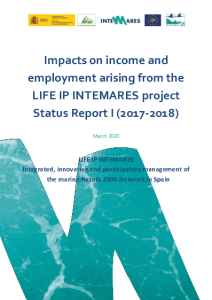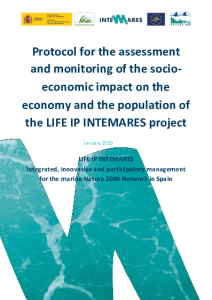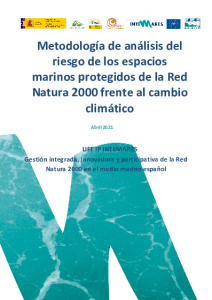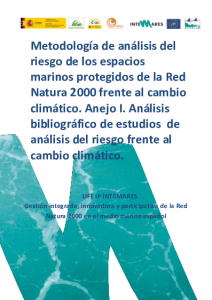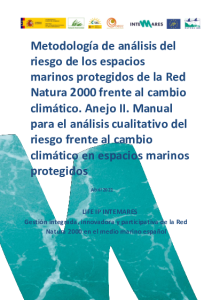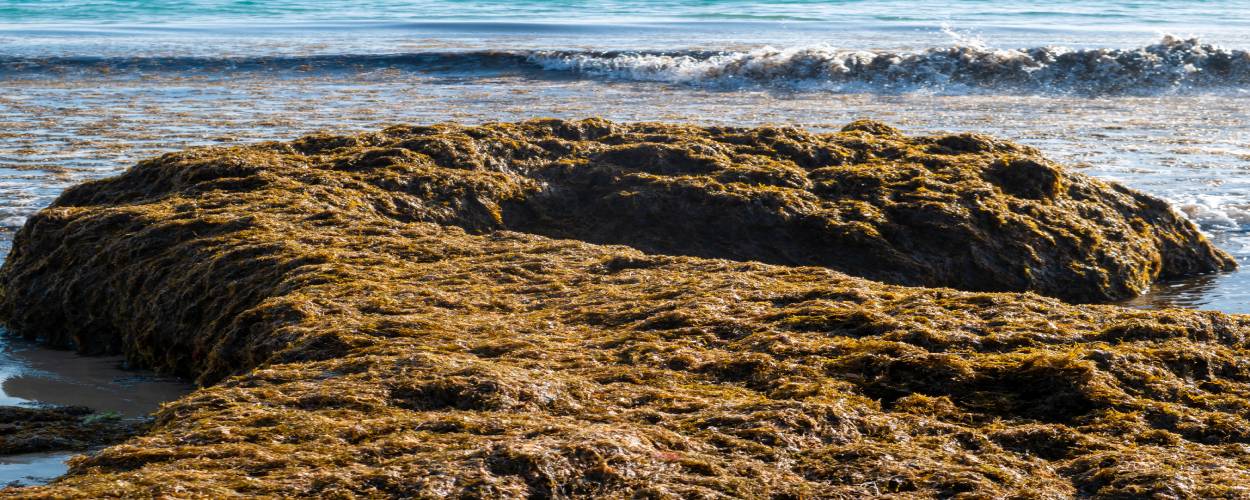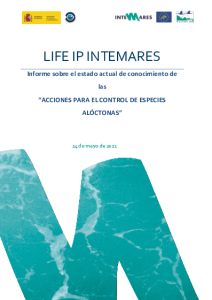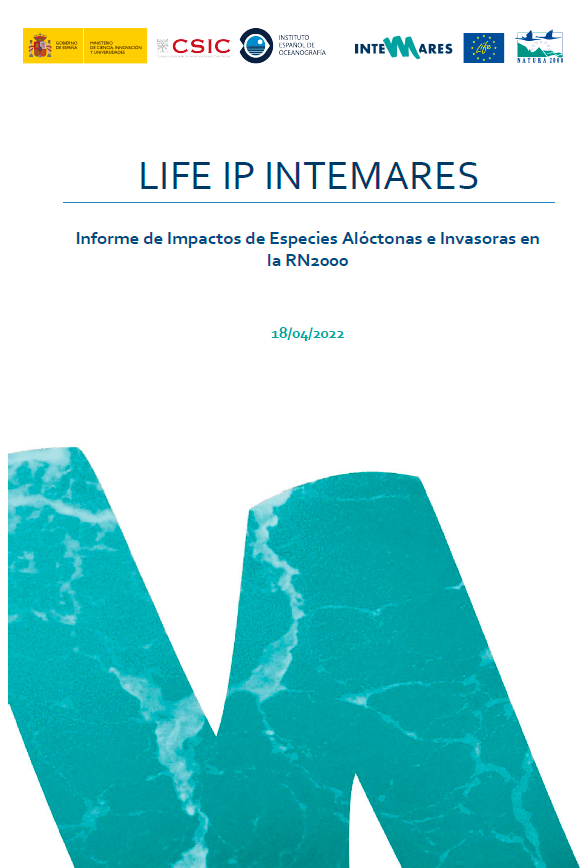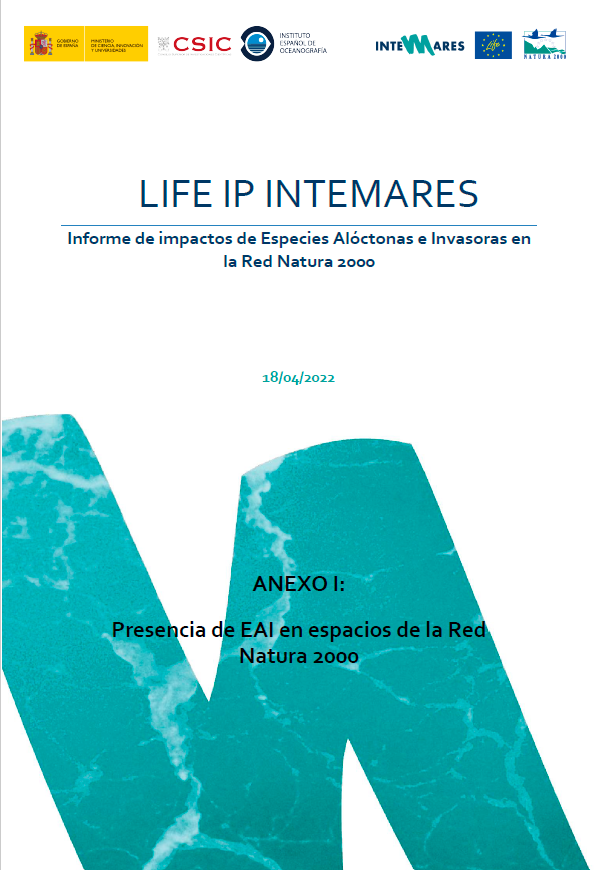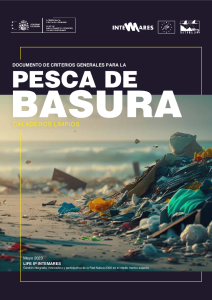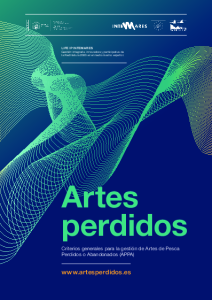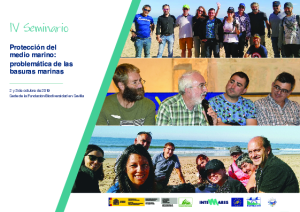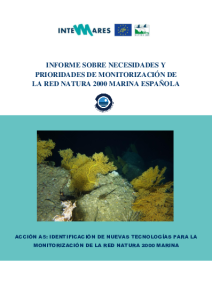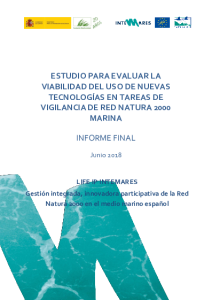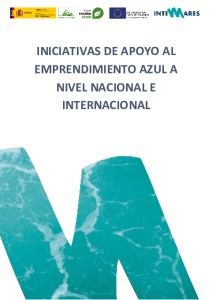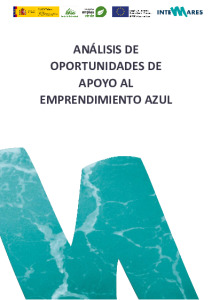Educational and informative materials

LIFE INTEMARES aims to advance the protection and effective management of the marine Natura 2000 Network. The project has been featured in various environmental magazines to explain its work.
The project includes a Training Strategy that aims to educate and train the main users and managers of the marine Natura 2000 Network. This facilitates appropriate and coordinated decision-making by the competent administrations and promotes the development of economic activity in line with the values of the blue economy.
As part of this strategy, the project has created four educational modules on safeguarding the marine environment and managing Natura 2000 Network sites. These modules are intended for individuals interested in protected marine areas, as well as public administration personnel responsible for managing the marine Natura 2000 Network, including personnel from the Spanish Navy, Civil Guard, and Maritime Rescue, among others.

Teaching unit 2: Main Pressures, Threats and Conservation Measures for Marine Species and Habitats
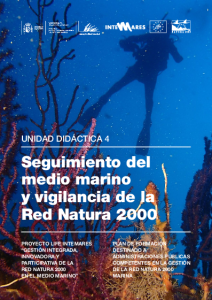
Teaching unit 4: Monitoring of the marine environment and surveillance of the Natura 2000 Network
The Ministry for Ecological Transition and the Demographic Challenge has updated the management plan for El Cachucho, a large underwater mountain located off the Asturian coast. Learn more about this protected area and the conservation measures included in this second management plan.
The proposal to adapt the marine Natura 2000 Network is the result of an analysis conducted with the participation of 170 experts in marine research, conservation, and management, as well as in collaboration with WWF. This analysis identified 104 areas of high ecological value to advance the international commitment to achieve 30% protection by 2030. In the short term, Spain has committed to achieving 25% protection by 2025.
Based on this scientific basis, the Ministry for Ecological Transition and the Demographic Challenge developed a proposal for sites eligible for protection, taking into account ecological and socioeconomic criteria. This proposal was used to declare new marine areas in the Natura 2000 Network. Within the framework of LIFE INTEMARES, other areas have been studied to advance the declaration of new protected areas.
With the aim of promoting coordination in responding to sea turtle nesting events on the Spanish coast, MITECO, together with the Regional Government of Andalusia and within the framework of the project, developed a training and awareness campaign in 2024 for municipal technicians, beach staff, volunteers, and the general public. Access the materials generated within the framework of this initiative.
